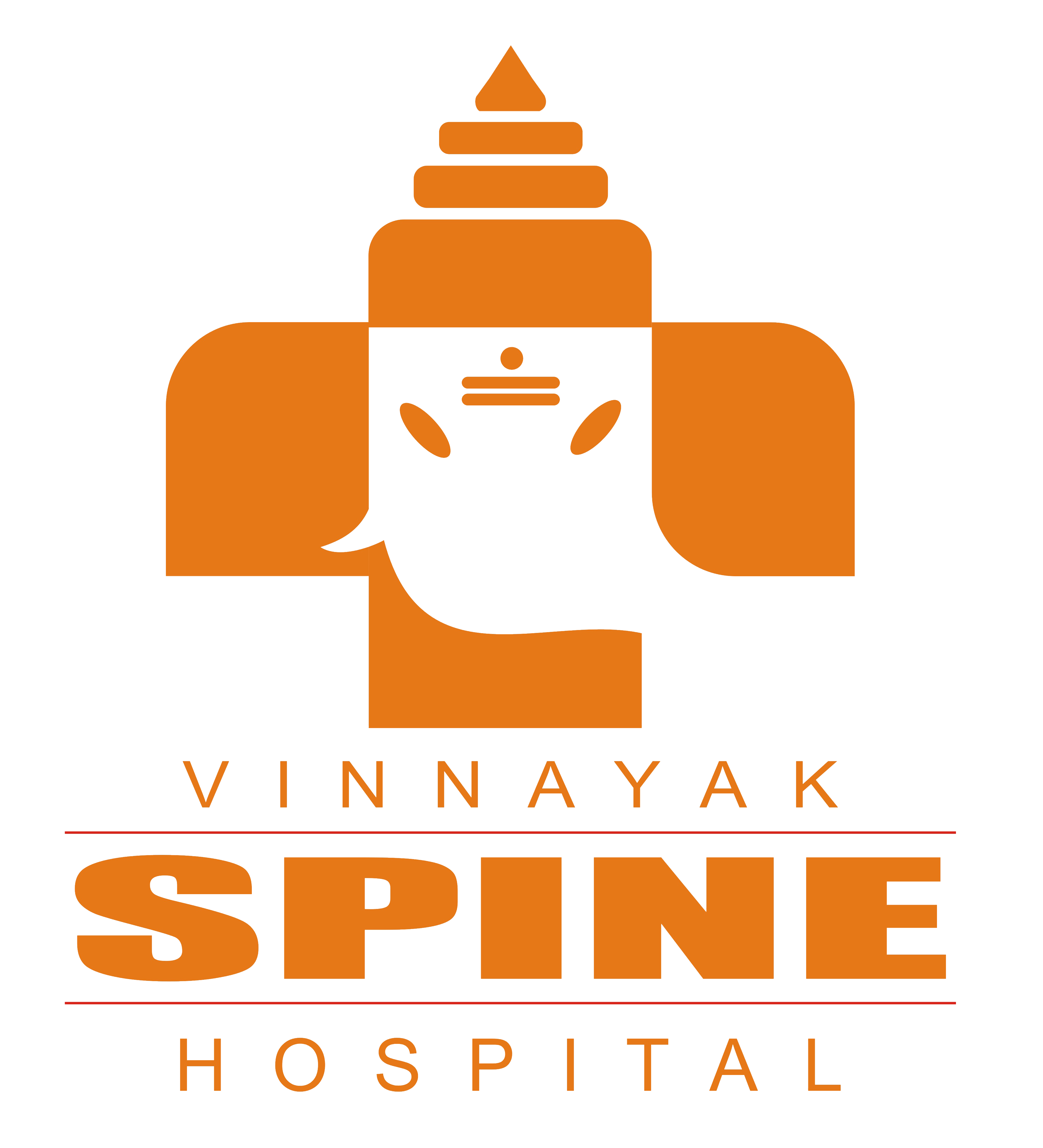Spina Bifida
What is spina bifida?
Spina bifida is a birth defect that involves incomplete development of spinal cord or its coverings. It occurs in 1st month of pregnancy when baby’s spine fails to close properly.
What are the types of spina bifida?

Three types:
- Occulta (the mildest form) – where spine is malformed and lies open, but still nicely covered by skin.
- Meningocele – where spine is malformed and lies open and only the covering layers (meninges) comes out through the opening in the form of a sac or swelling.
- Myelomeningocele- where spine is malformed and lies open and through this opening the nerves or spinal cord along with it’s coverings (meninges) bulge out.
How to diagnose spina bifida?
Usually parents approach neurosurgeon with a baby having swelling present in the midline of the back (or also neck or brain sometimes). This swelling may or may not be covered with a normal skin cover.
Sometimes there is no swelling (in occulta), but there may be hairs / fat / dimple or hole in the midline back – here spina bifida should be suspected. This is mandatory to check the back of any baby after the birth.
For all 3 types of spina bifida, MRI scan is must.
MRI must also include ‘MRI brain’ at the same time (usually it is missed and not advised); because many babies also have hydrocephalus (excess of fluid in the brain).
What is the treatment for spina bifida?
Treatment depends upon type of spina bifida:
♦ Occulta: rarely need any treatment
♦ Meningocele: Surgery required during infancy in which doctor pushes the meninges (protective covering layer of the nerves and spinal cord) back and close the hole.
♦ Myelomeningocele: doctor pushes nerves along with it’s protective layers back and close the hole.
What are the associated problems with spina bifida?
At birth, if swelling is not nicely covered with skin then it can rupture and baby can develop life threatening infection. If nerves (spinal cord) are damaged or not developed at all then baby may present with weakness of the legs or paralysis. There may be absent control of urine and stool. All these above problems carry poor prognosis, and thus parents need to counselled well and told about guarded outcome.
Some unfortunate patients go unidentified and undiagnosed, grow bigger and later develop weakness of the legs and loss of urine and stool control. Thus early detection is the key; and after birth every baby’s back should be examined nicely for any hairs / fat / small dimple or hole. If found so, a neurosurgeon should be approached and MRI must be done.
If patient has weakness of legs and loss of urine / stool control, then they need subsequent management for problems of these.
